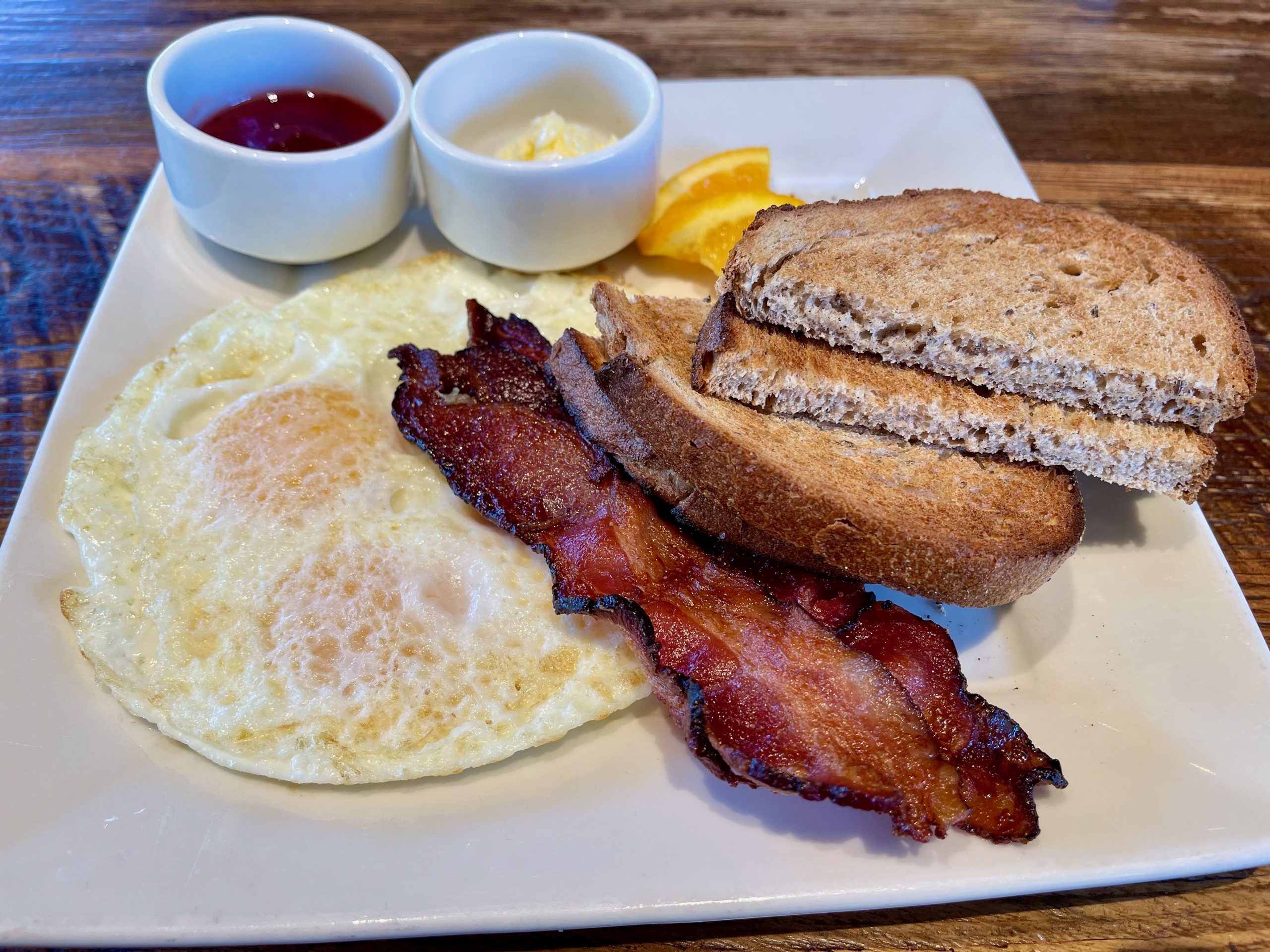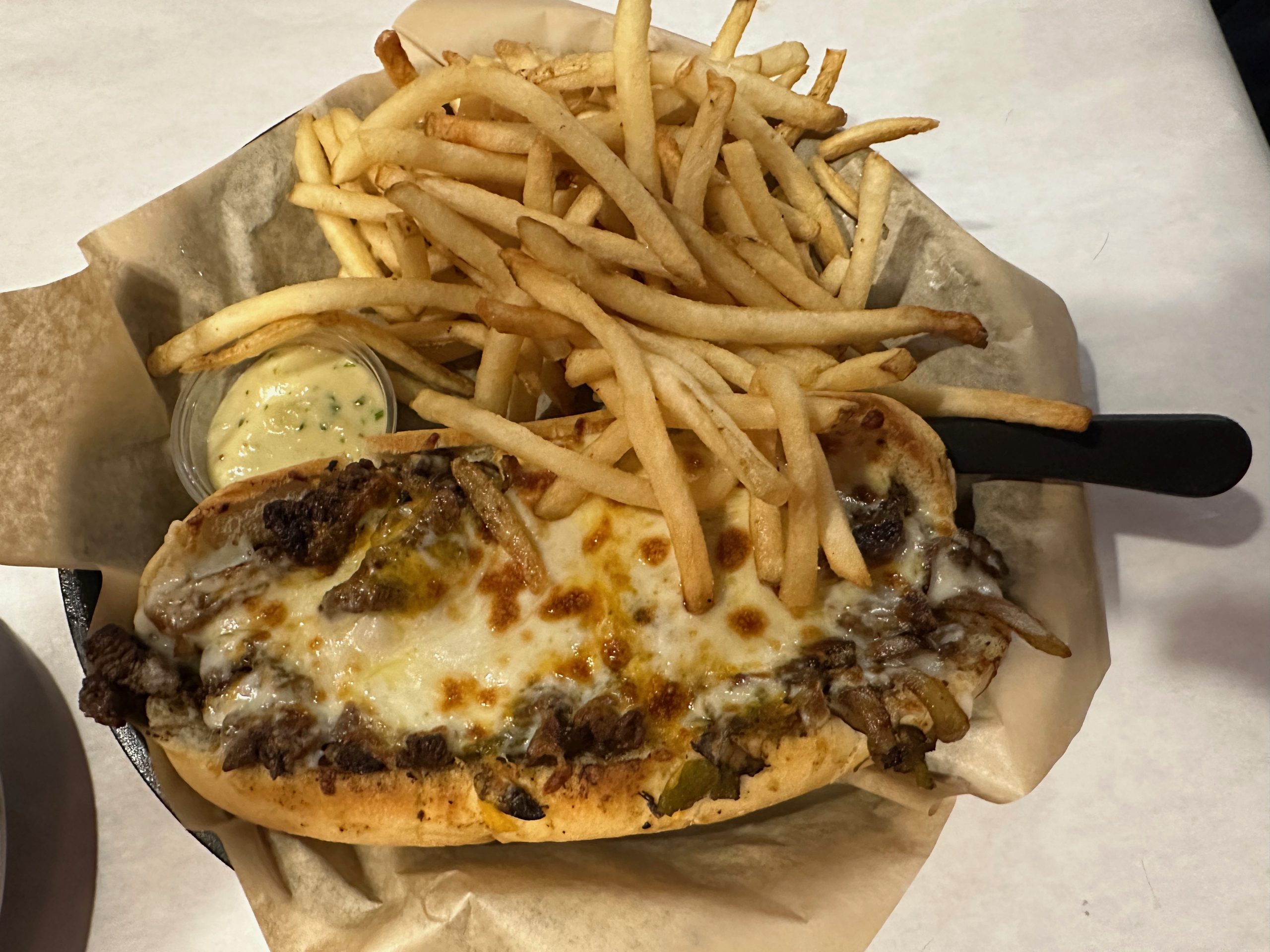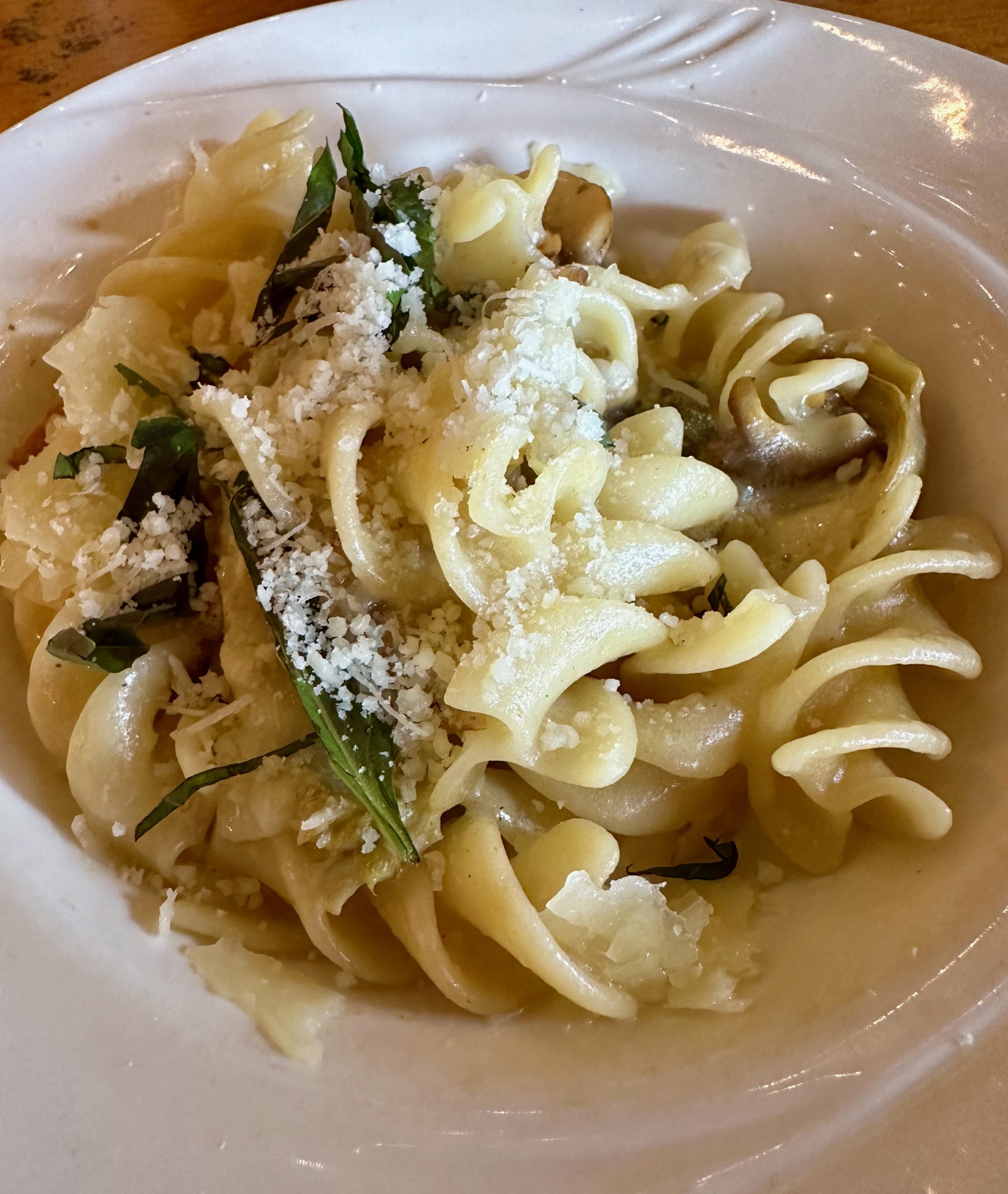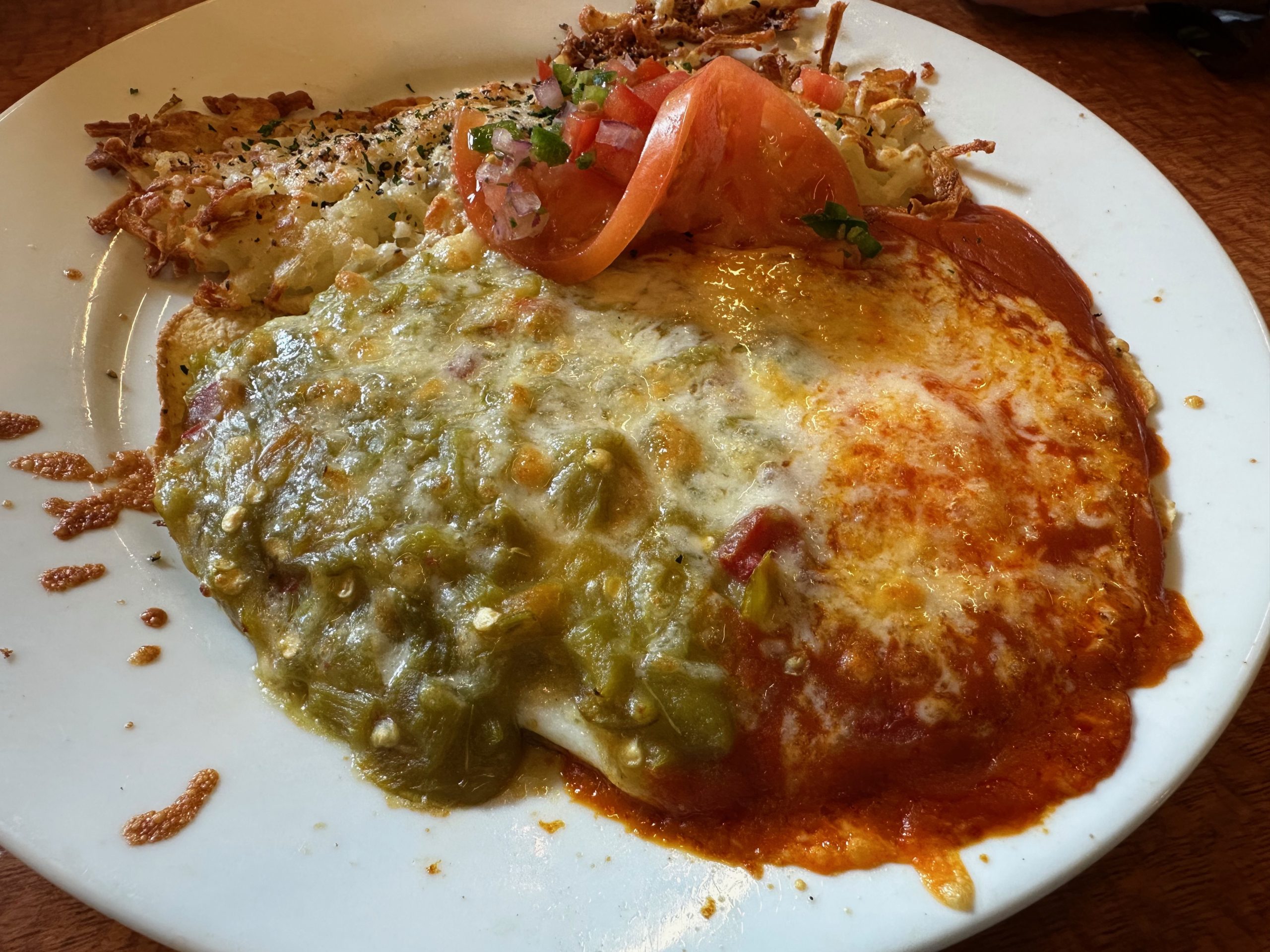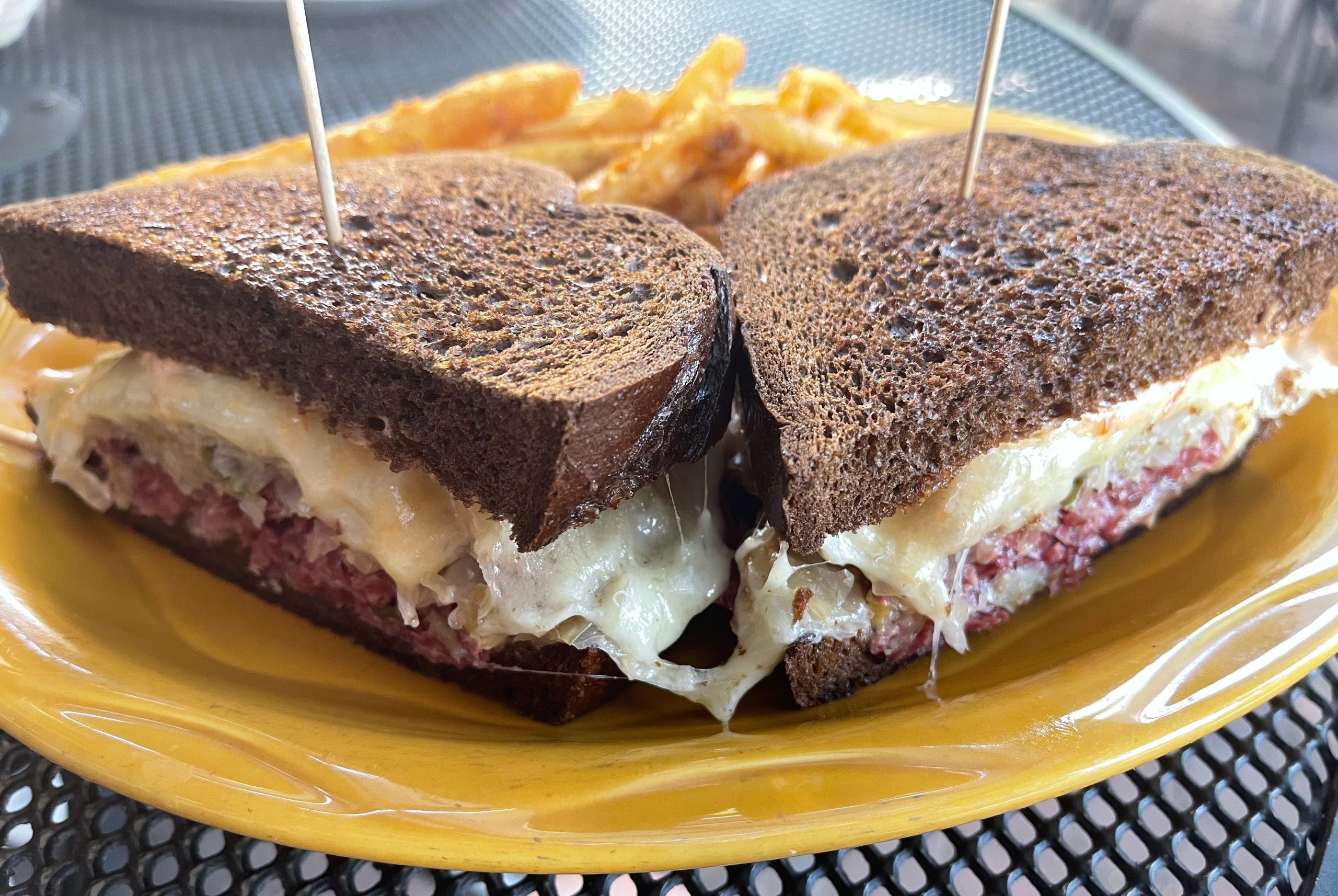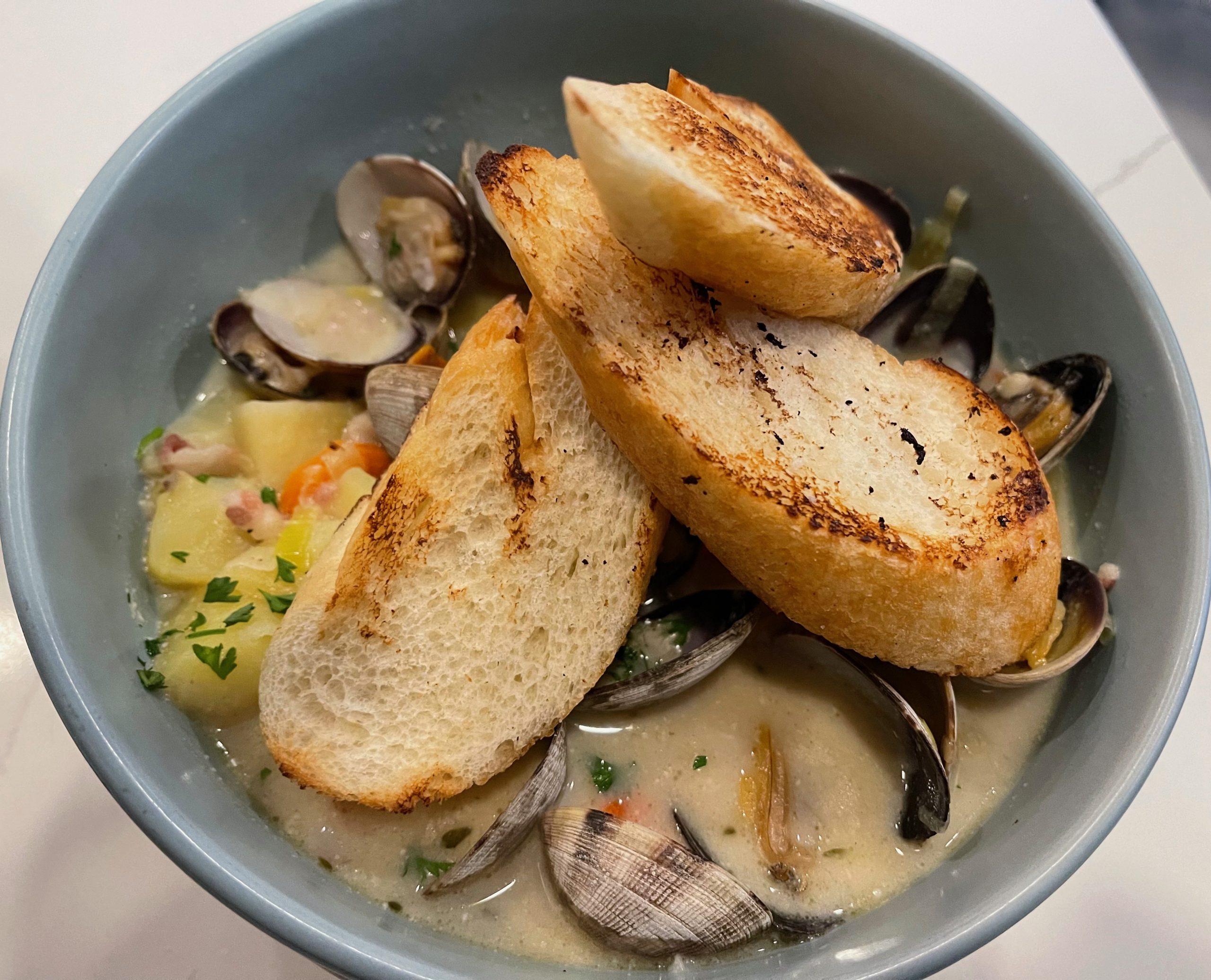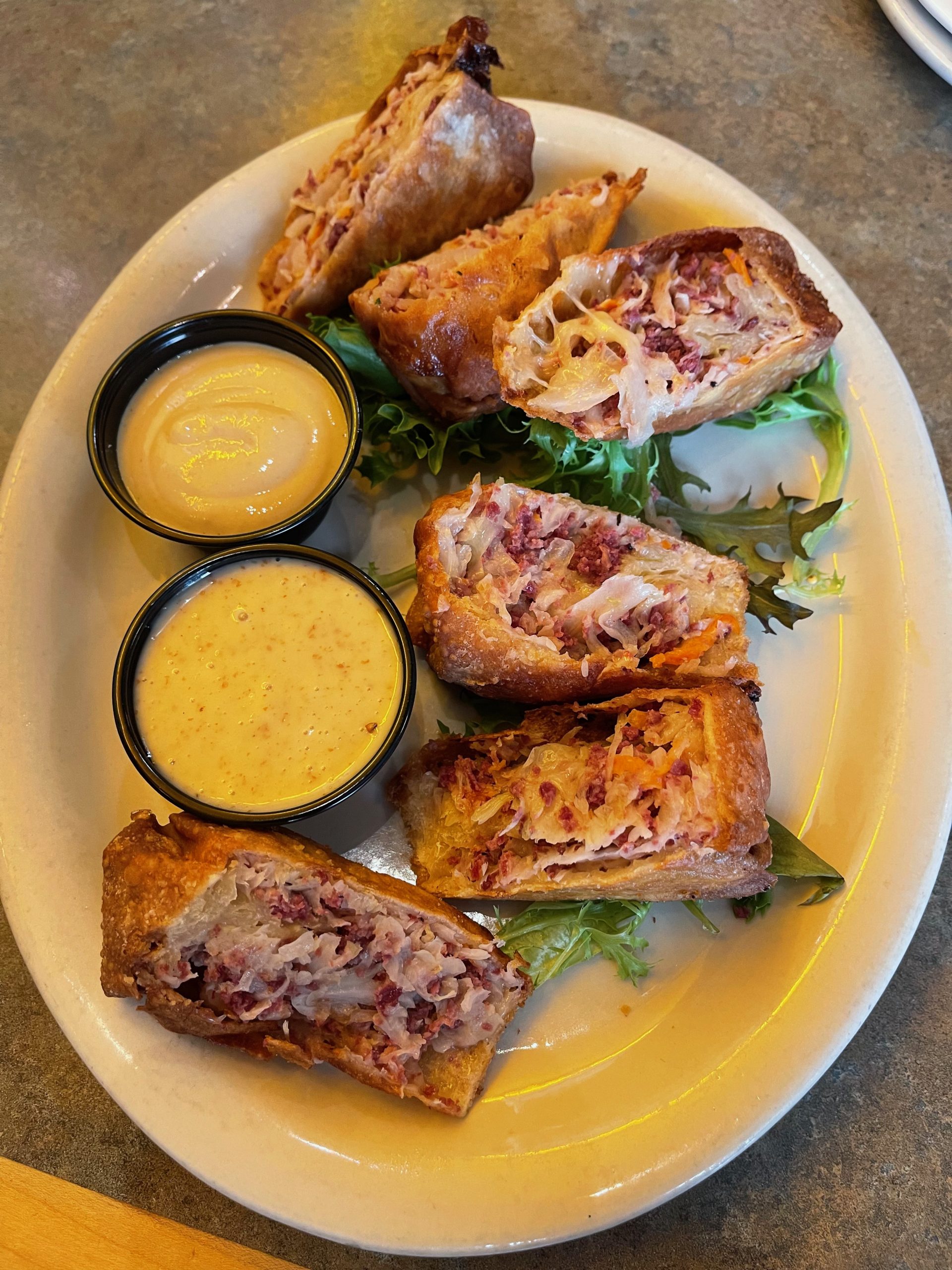Bigwood Bread Cafe – Ketchum, Idaho
Ernest Hemingway spent much of the roaring twenties in Paris, a city whose own liberal attitudes attracted poets, painters and writers from throughout the world. Paris was a vibrant city which drew many expats from the so-called “lost generation” of cynical young people disillusioned with the materialism and individualism prevalent in society at the time. As a young writer penning “A Moveable Feast,” Hemingway observed: “You got very hungry when you did not eat enough in Paris,” because all the bakery shops had such good things in the windows and people ate outside at tables on the sidewalk so that you saw and smelled the food.” An avid outdoorsman, Ernest Hemingway, was a Sun Valley habitué even before establishing a…
